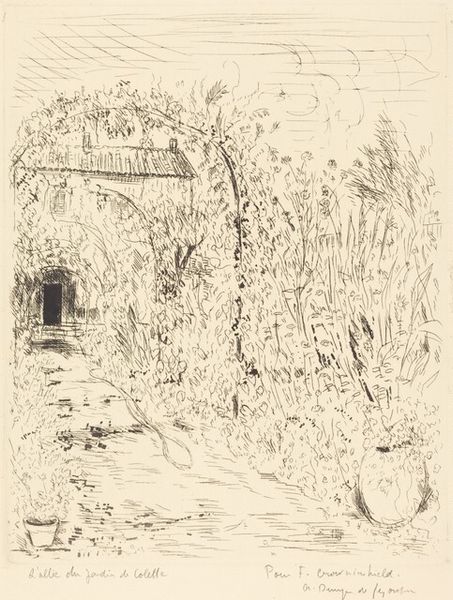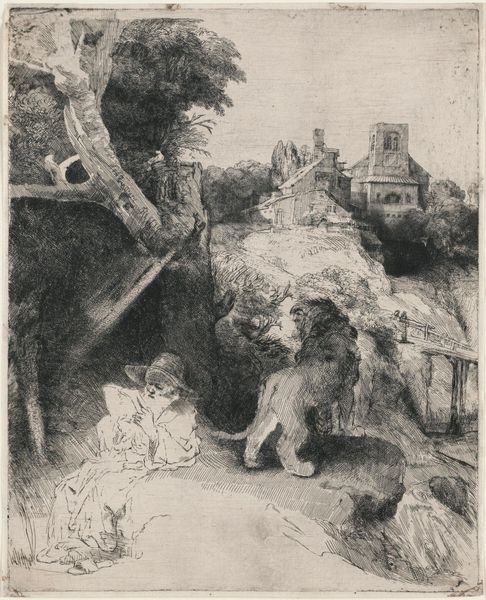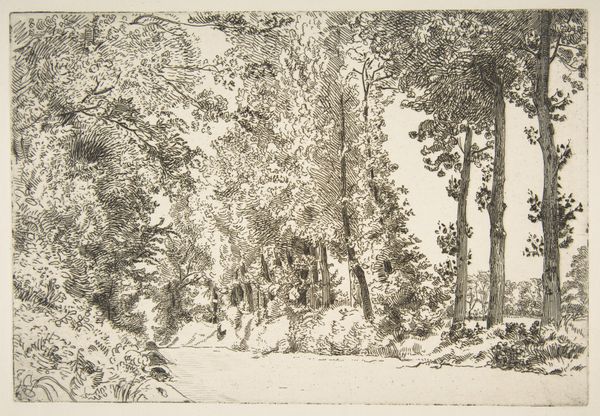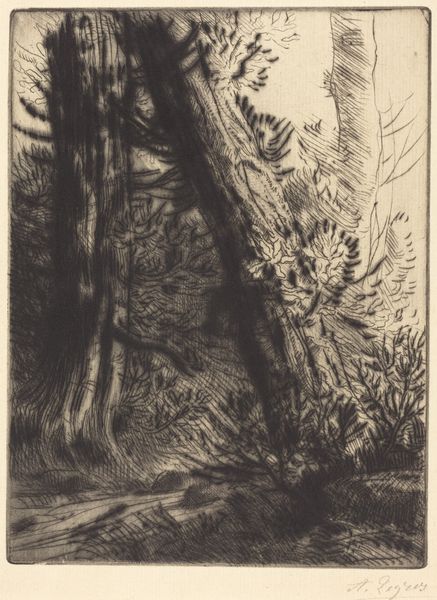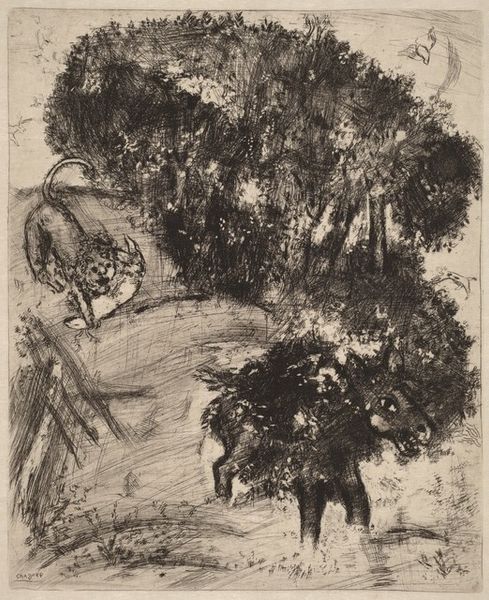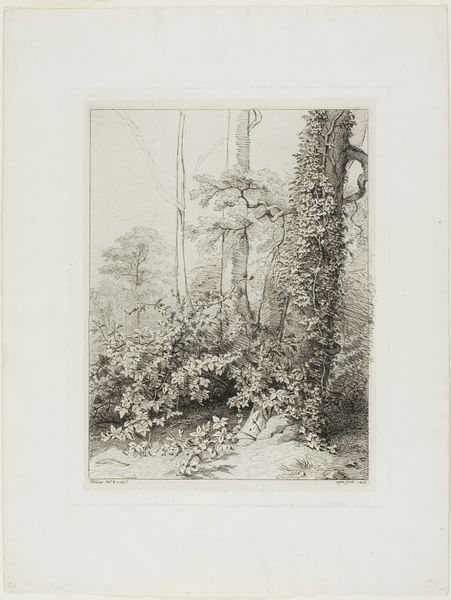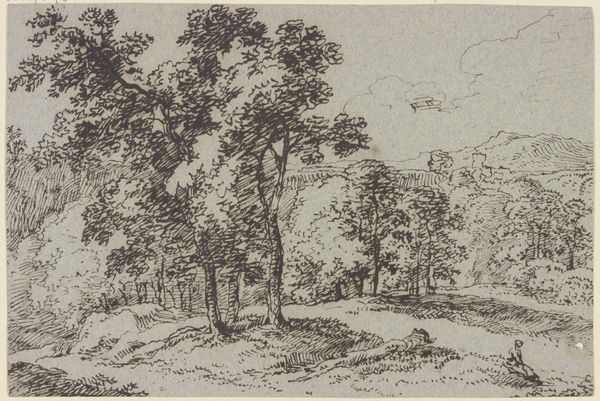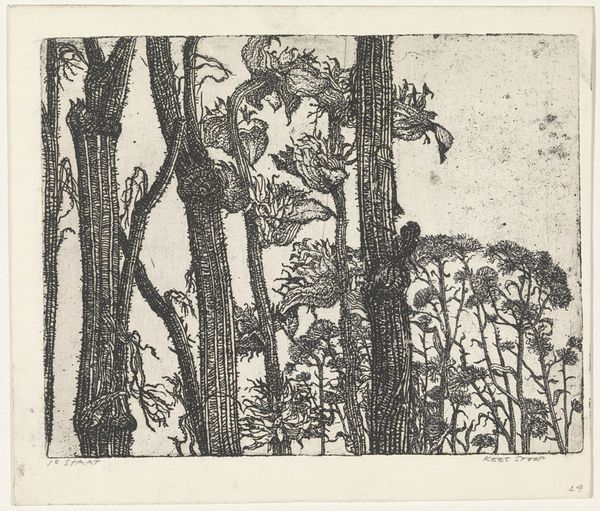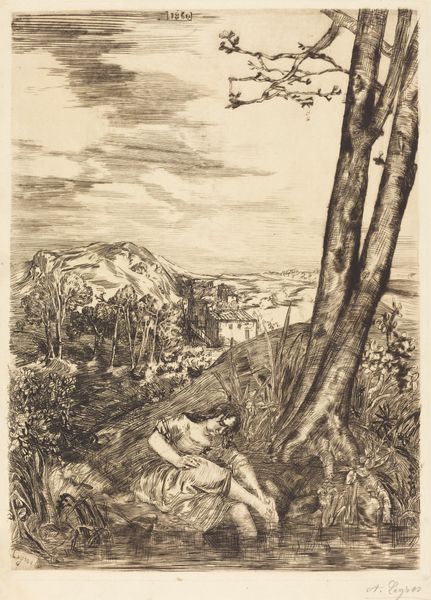
painting, plein-air, photography, impasto
#
still-life
#
painting
#
impressionism
#
plein-air
#
photography
#
impasto
#
earthenware
Dimensions: 98.4 x 130 cm
Copyright: Public domain
Editor: This is Renoir's "Spring Flowers" from 1864, a still life painting. There's a certain somberness to the piece, the dark background contrasting with the vibrancy of the blossoms. What do you see in this work that stands out, beyond the pretty flowers? Curator: It's crucial to consider this painting within the context of 19th-century French society and Renoir’s development as an artist. Still life, historically considered a 'lower' genre, was often embraced by artists experimenting with new modes of representation. What does it tell us that Renoir, a burgeoning Impressionist, engages with this tradition? Is he simply depicting beauty, or is there a statement being made about the changing artistic landscape? Editor: That’s interesting! I hadn’t considered it as a potential statement on artistic hierarchy. I was mainly focused on the contrast between light and dark, almost as if Renoir wanted to set the flowers on a pedestal. Curator: Exactly! Think about the Salon system, the art market, and the increasing independence of artists at the time. Representing a still life allowed artists more autonomy than portraiture or history painting, which often involved patrons and institutions. He had the freedom to work *en plein air*. Could these flowers also be representative of the "blooming" autonomy of artists at the time? It would not be the first time a landscape signified sociopolitical context. Editor: So, in choosing this subject, he’s subtly asserting a kind of independence from established artistic expectations and opening himself up to an innovative style and artistic liberty. I appreciate your perspective, thank you! Curator: It's through considering the art's social and historical situation that it comes alive. My pleasure, these discussions are essential to deepen art interpretations!
Comments
No comments
Be the first to comment and join the conversation on the ultimate creative platform.
